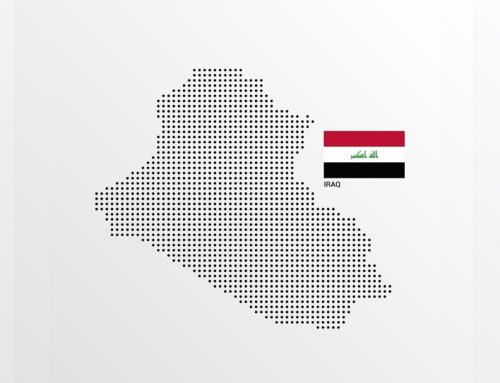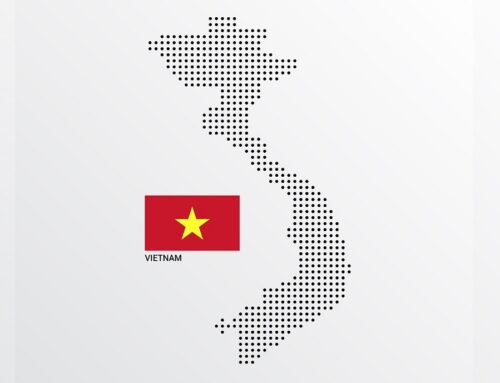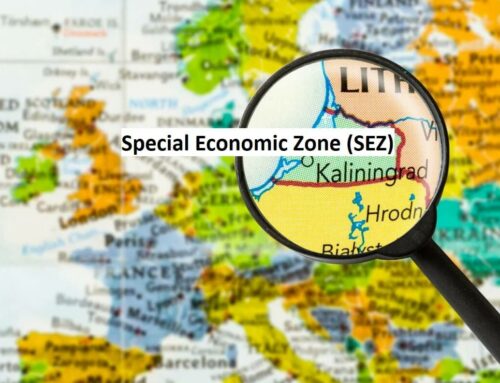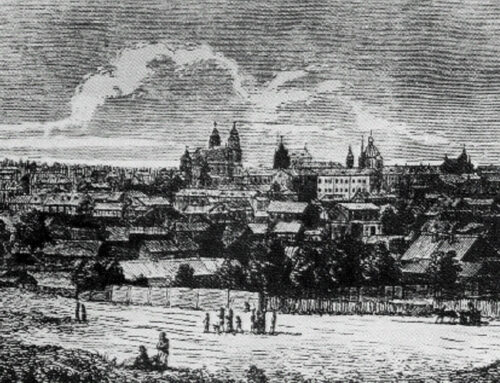Central theme: National Holidays in MOSO
February 16th – it is a date marking one of the most significant events in Lithuanian history – the restoration of the State of Lithuania. In 1918, the Act of 16 February was signed by the Council of Lithuania, which established a modern society based on democratic principles and symbolically revived the uphold tradition of Lithuanian statehood.1 Nowadays, it is an event of great importance for most of the Lithuanians and it is celebrated every year as an official national holiday.
In the beginning of 20th century, a national ideology and a certain political world of Lithuanians began to develop. There were raising discussions about the autonomy of Lithuania in the Russian Empire. The raise of this issue is associated with the Great Seimas of Vilnius, which required an autonomy for Lithuania: that Lithuania included in the composition of the Russian Empire would be allowed to rule itself, to have its own officials, to use Lithuanian language in the institutions, to have Lithuanian schools, as well as expressed an aspiration for a democratically elected Seimas and to define the territory of Lithuania – ethnographic territory with the capital Vilnius.2
At the end of the First World War, a favorable international situation was there for the implementation of an independent Lithuania – the idea inspired by the intelligentsia. The period was marked by the fall of the German and Russian empires and a set principle of free self-determination by W. Wilson, which was recognized by Russia and partly by Germany. At that time, Germany had a territory of ethnic Lithuania.3
After long negotiations with the occupation authorities the Council of Lithuania decided to act more radically. In 1918 February 16th, The Council of Lithuania unanimously adopted and proclaimed the Lithuanian Independence Act. The Act was signed by all twenty members of the Council. It stated that the Council of Lithuania, as the only representative of the Lithuanian nation, announced the restoration of an independent, democratic state of Lithuania with the capital of Vilnius and terminated its former relations with other nations. The proclamation of the Independent State was a great achievement, since it provided the legal basis for the future state. But the state still needed to be developed, and the process of development was in a complex, changing and unfavorable political reality.4
Before the restoration of the country, which was almost 100 years old, the Council of Lithuania stressed that the restoration of a state is not a new, but only continuation of the old statehood. This is different from the neighboring countries of Latvia and Estonia, which in 2018 marked the centenary of the establishment of their countries. Lithuania can reasonably be proud that, one hundred years ago, it restored an independent state based on a democratic system.5
The February 16th celebration is usually characterized by the abundance of official events. This is true both for the events of the interwar period and contemporary Lithuania. Marches of various organizations and communities were and are still popular in the major cities of Lithuania. Their main attribute is the flag of the state, carried in the front. One of the most important moments of the February 16th holiday is the respect given to those who died for the freedom of Lithuania. During the Soviet period, the government tried to eradicate any traces of the former statehood of Lithuania and consolidate the symbols of the communist regime. It was impossible to publicly celebrate February 16th in occupied Lithuania. Nevertheless, Soviet ideologists failed to erase the statehood values from the memory of Lithuanians.
Eventually, a tricolor in Lithuania again appeared in conjunction with the Reform Movement of Lithuania, and in 1989, it was succeeded in attempts to make the February 16th as a day free from work. In 1990, it was granted the status of a state holiday – the day of restoration of the State of Lithuania. Today’s celebration of February 16th combines the festive traditions of interwar period and those reflecting the state’s present.6
References:
[1] “Lietuvos Valstybės Atkūrimo šimtmečio šventės Koncepcija.” Lietuvai 100. Accessed December 15, 2018. http://www.lietuva.lt/100/lt/lietuvai-100/sventes-koncepcija.
[2] “Lietuvos Respublika 1918–1940 m.” Valstybingumas.lt. Accessed December 15, 2018. http://valstybingumas.lt/LT/saltiniu-apzvalga/LR-1918-1940-saltiniai/Puslapiai/default.aspx#_ftn1.
[3] “Tarpukario Nepriklausomos Lietuvos Konspektas (1918-1940).” Istorijai.lt. Accessed December 16, 2018. http://istorijai.lt/konspektai/tarpukario-nepriklausomos-lietuvos-konspektas-1918-1940/.
[4] Ibid. “Lietuvos Respublika 1918–1940 m.”
[5] “Vasario 16-oji: Lietuva – Vienintelė Baltijos šalyse Atkūrė Nepriklausomą Valstybę.” Lietuvai 100. Accessed December 16, 2018. http://www.lietuva.lt/100/lt/lietuvai-100/naujienos/vasario-16-oji-lietuva-vienintele-baltijos-salyse-atkure-nepriklausoma-valstybe-2.
[6] “Lietuvos Valstybės Atkūrimo Diena (Vasario 16 –oji).” Accessed December 16, 2018. http://ktkc.lt/kalendorines-sventes/lietuvos-valstybes-atkurimo-diena-vasario-16-oji/.
Digital image. Lietuvos Valstybės Atkūrimo Dienos Renginiai Kaune. Accessed December 16, 2018. https://renginiai.kasvyksta.lt/15067/lietuvos-valstybes-atkurimo-dienos-renginiai-kaune#!nuotrauka2.





Leave A Comment